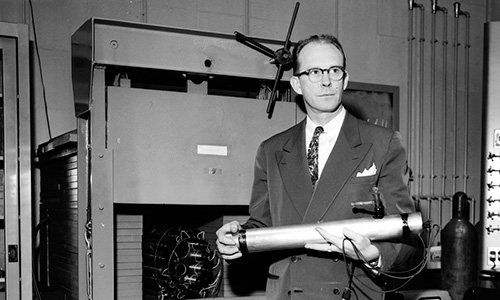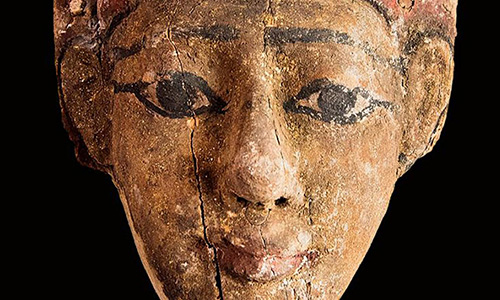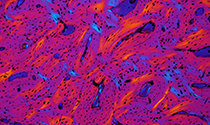|
|
|
|
| |
This month, µChicago brings you another topic from… |
|
| |
|
|
|
|
|
| |
In this series, learn about monumental breakthroughs at the University of Chicago and the people behind them. Through videos, podcasts, and written content, discover how these groundbreaking ideas have shaped and defined fields—and how UChicago scholars continue to change our world. |
|
| |
|
|
|
|
|
| |
Carbon-14 dating, explained |
|
| |
|
|
|
|
|
| |
| |
|
|
| |
Image: Willard F. Libby, professor in the Department of Chemistry and Institute for Nuclear Studies (Enrico Fermi Institute), developed the technique of carbon dating. (Photography by Town & Country Photographers, UChicago Photographic Archive, apf1-03871, Hanna Holborn Gray Special Collections Research Center, University of Chicago Library) |
|
| |
|
|
|
|
| |
|
|
|
| |
Radiocarbon dating, or carbon-14 dating, is a scientific method that can accurately determine the age of organic materials as old as approximately 60,000 years. The technique, based on the decay of the carbon-14 isotope, was first developed in the late 1940s at UChicago by Willard Libby and his team of researchers. Libby went on to receive the 1960 Nobel Prize in chemistry for the work. |
|
| |
|
|
|
| |
Radiocarbon dating has been used for historical studies and atmospheric science and triggered archaeology’s “radiocarbon revolution.” Learn all about carbon dating from UChicago’s Explainer Series. |
|
| |
|
|
|
|
|
| |
More from The Day Tomorrow Began |
|
| |
|
|
|
|
|
|
|
|
|
|
|
|
|
|
|
|
|
|
|
| |
| |
|
|
| |
Image: Among the artifacts from the University of Chicago’s Institute for the Study of Ancient Cultures, West Asia & North Africa, that Libby tested during the radiocarbon dating development process was this painted wood in the shape of a face from an Egyptian coffin. (Photography by Jean Lachat) |
|
| |
|
|
|
|
| |
|
|
|
|
|
|
|
|
|
|
|
|
|
|
|
|
|
| |
| |
Visit the Alumni & Friends website for stories, podcasts, and other features, curated for you on UChicago Review. Create an account for a more personalized experience. |
|
|
|
| |
|
|
|
|
| |
| |
Sign up to receive µChicago monthly. |
|
|
|
| |
|
|
|
|





